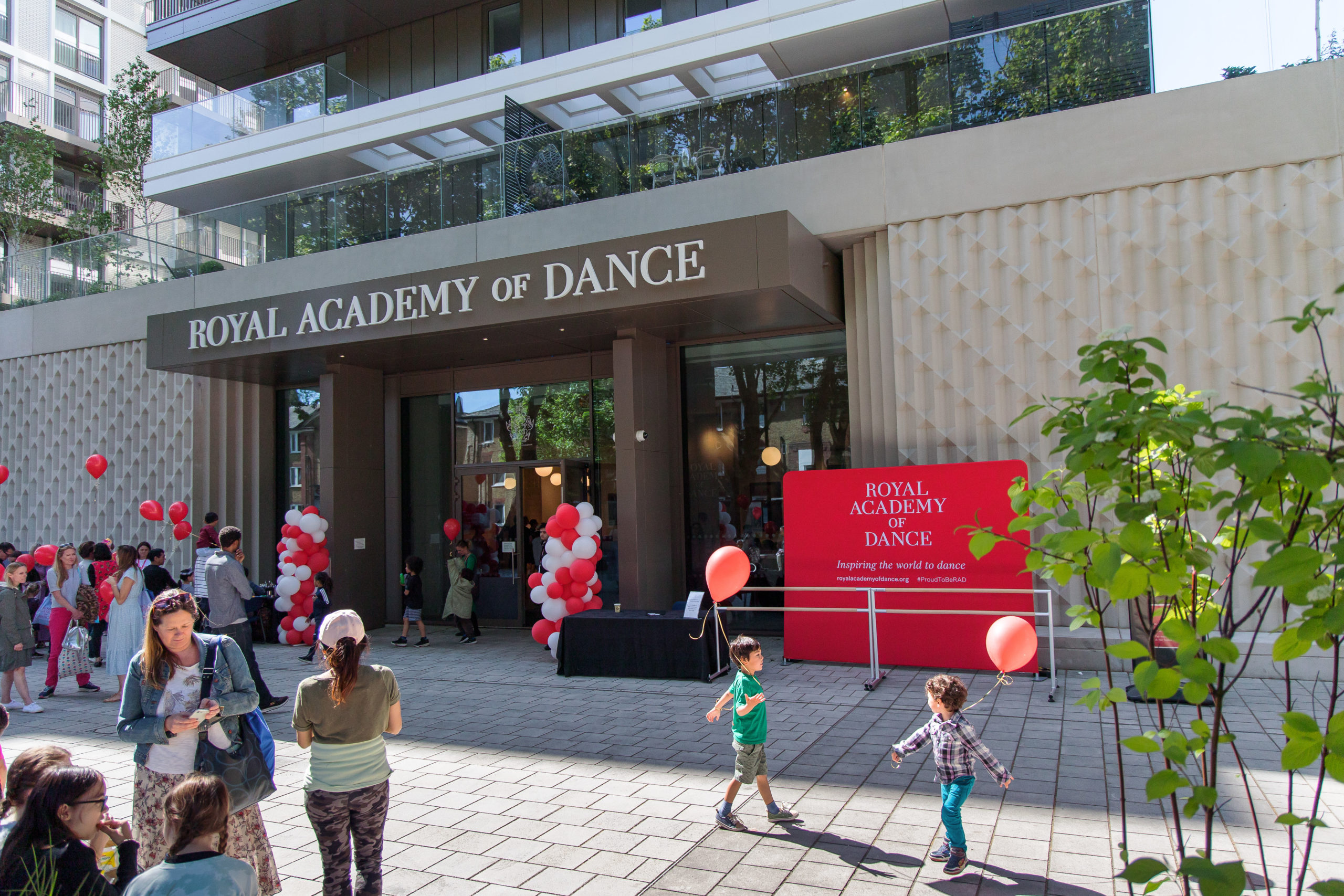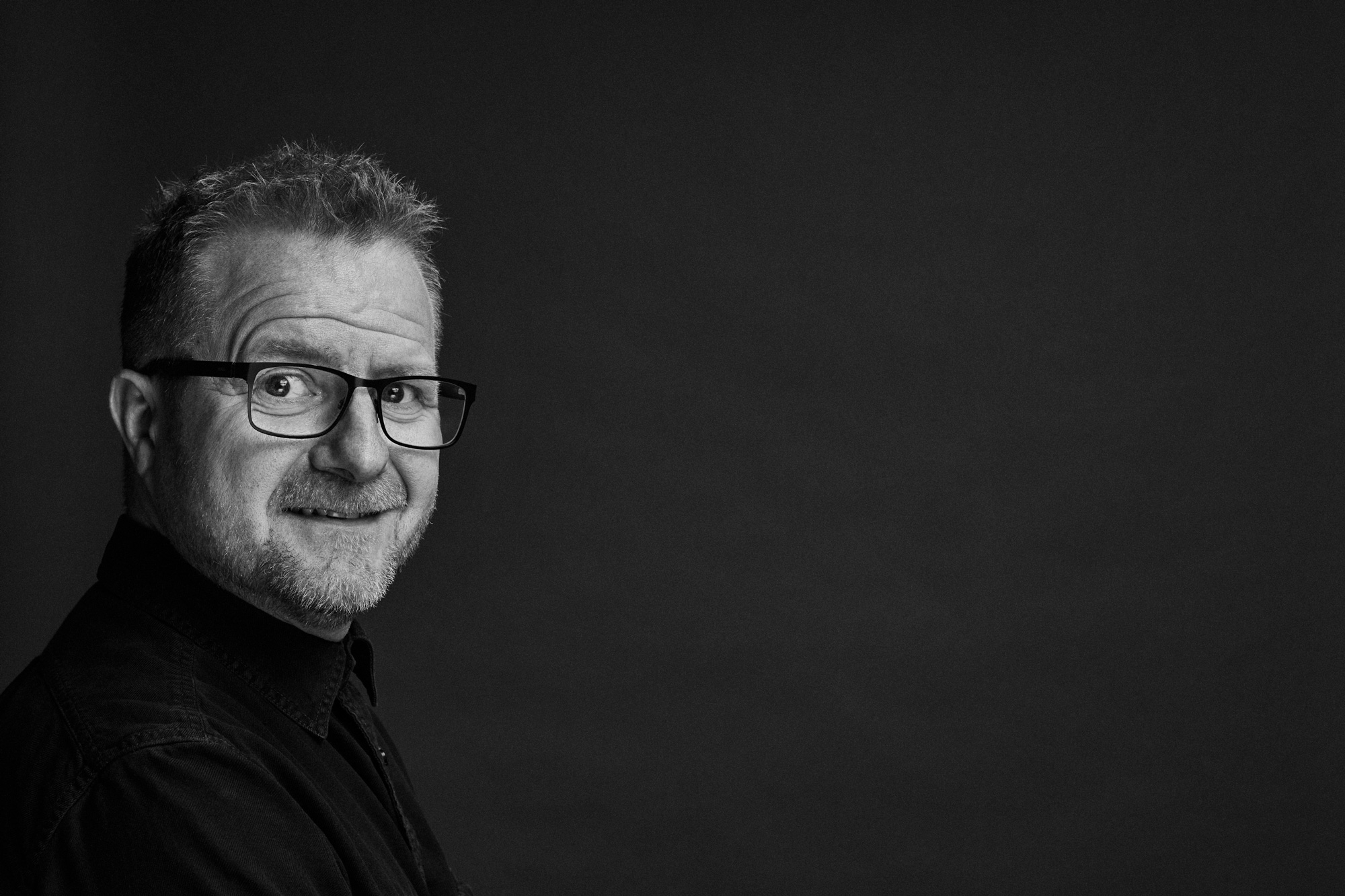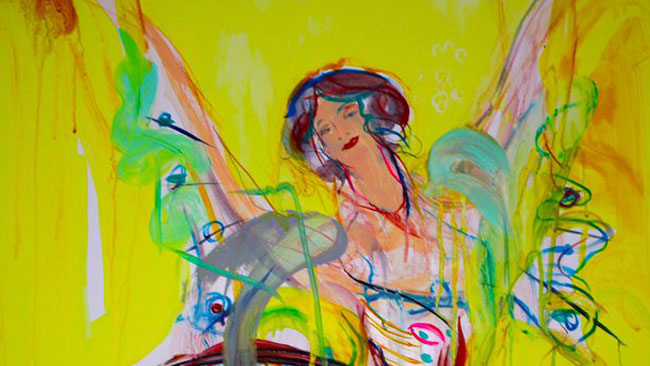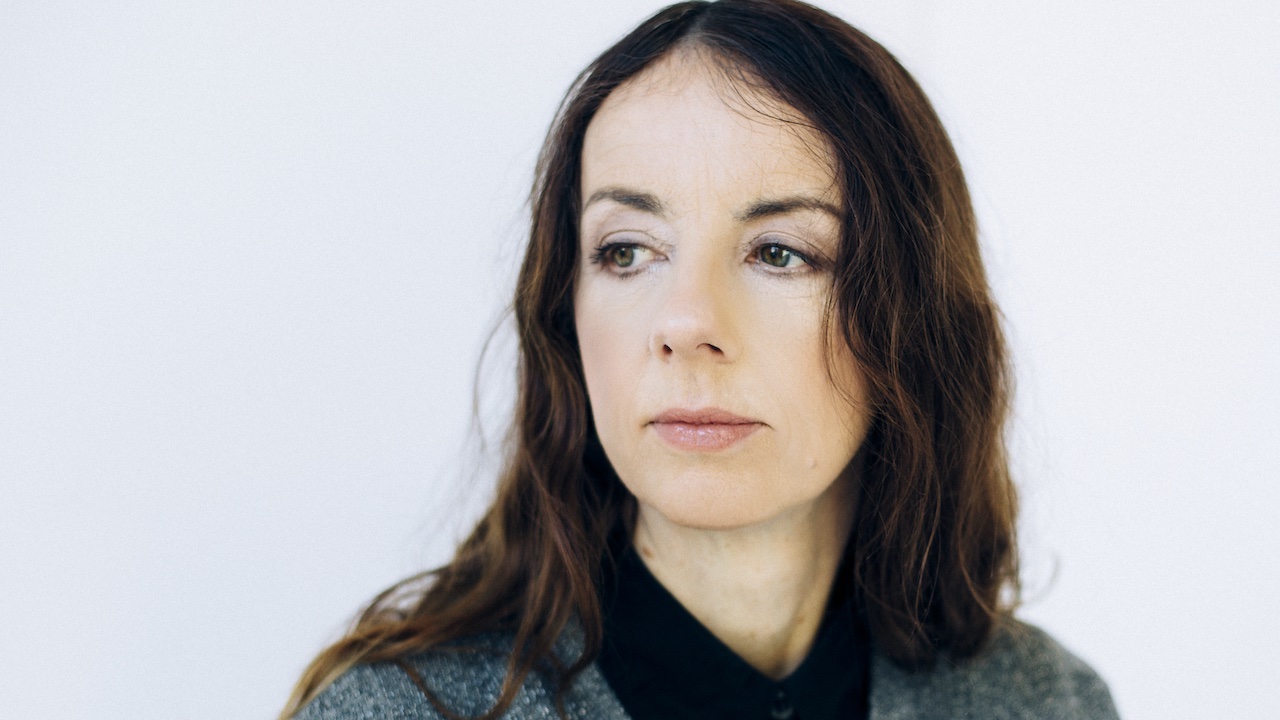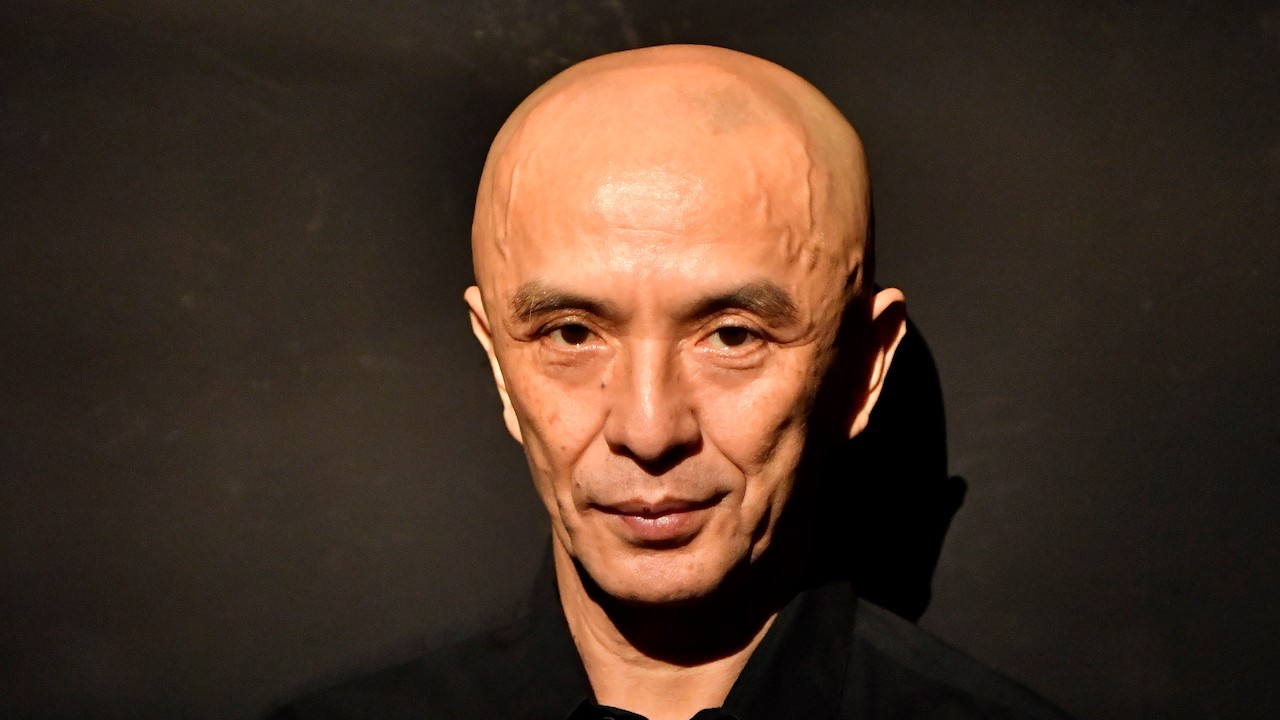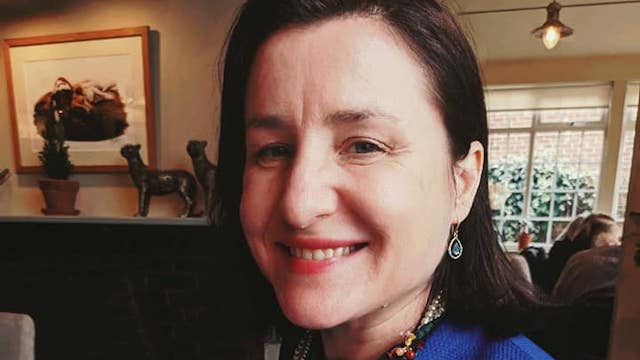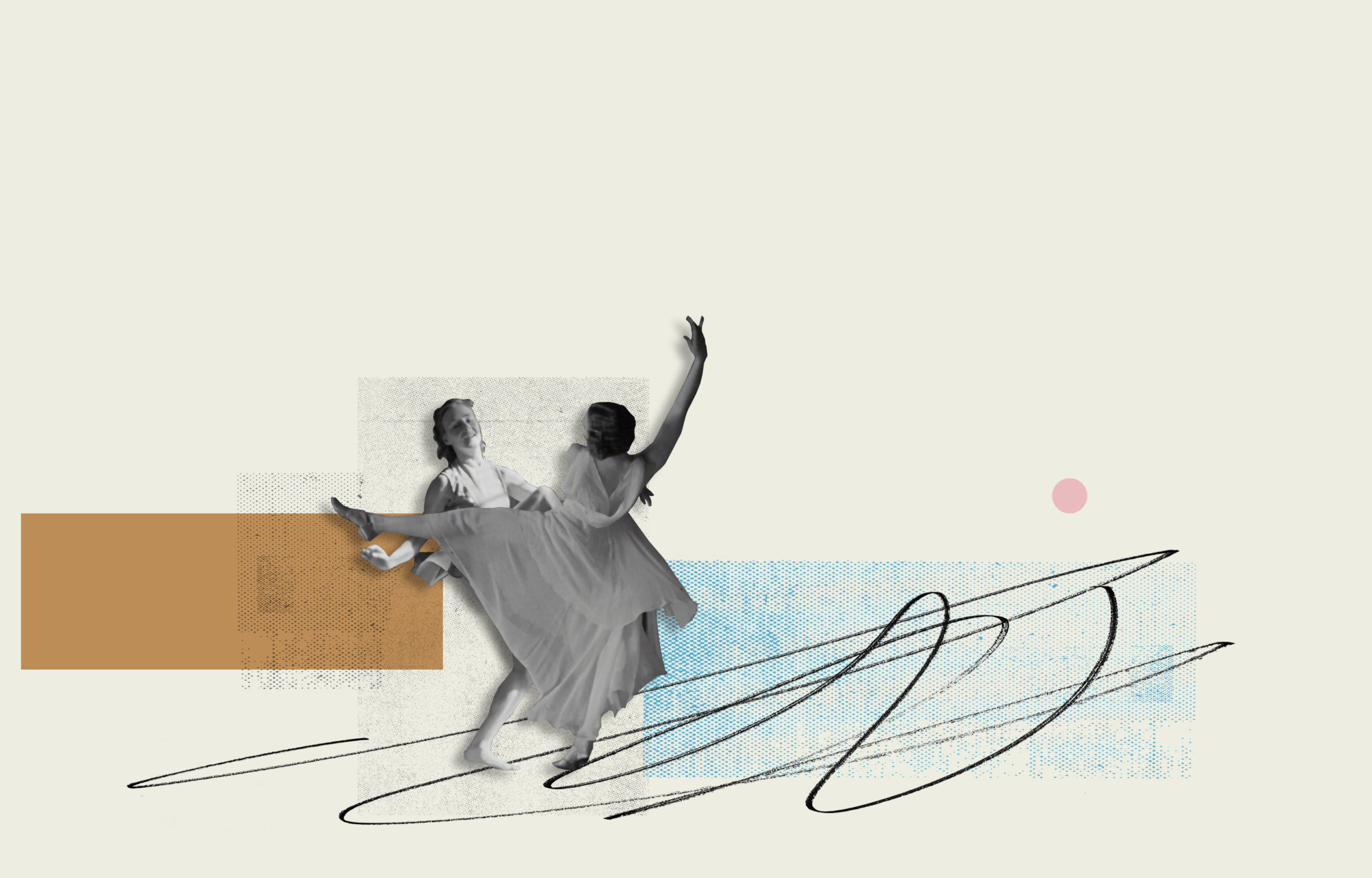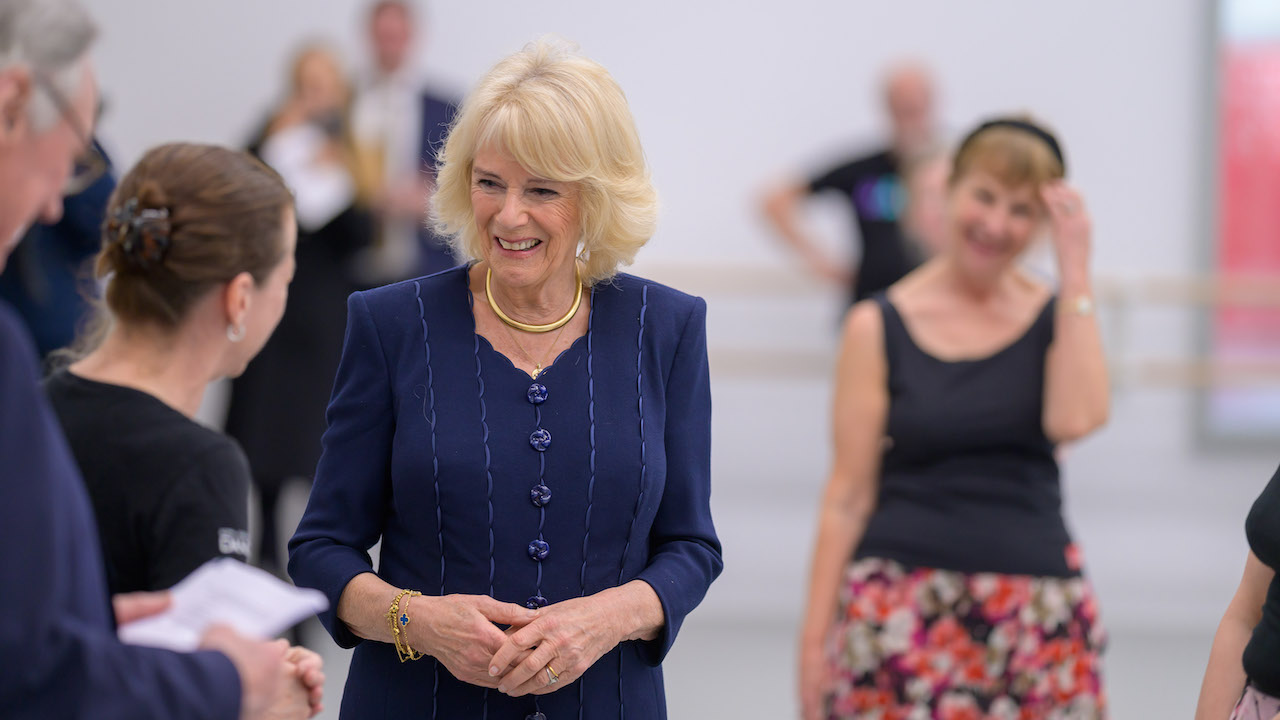‘Instead of taking a few little hops, you can open your wings and really fly,’ says Monica Mason. ‘I compare it to the moment that the Royal Ballet moved into the remodelled Royal Opera House. We couldn’t believe that all that wonderful space was ours.’
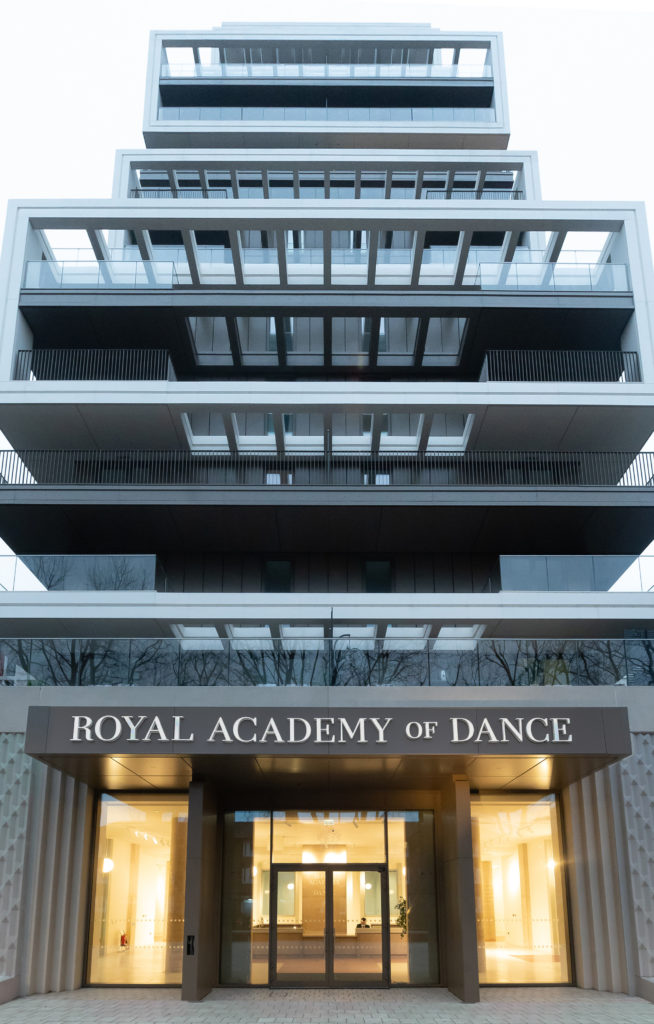
The former artistic director of the Royal Ballet is talking with pleasure and pride about the new RAD building in Battersea, for which she has been a powerful advocate and keen fund-raiser. ‘The most important thing as a young dancer is to have enough space to move in and feel free to move in. If you’re always restricted by being in a room that’s too small, you’re always pulling back on your movements, containing something that should be blossoming. Dancers improve and their work is better when they can be bigger.’
The seven full-sized studios which win such plaudits are only part of the gleaming glory of the new RAD global headquarters. Perched on the busy York Road, a main thoroughfare through the borough of Wandsworth in south west London, the organisation’s 70,000 square feet of space on the ground floor of a multi-storey residential development, also boasts a 193-seat studio theatre, a state of the art archive, a library, expanded shop, lecture rooms and offices.
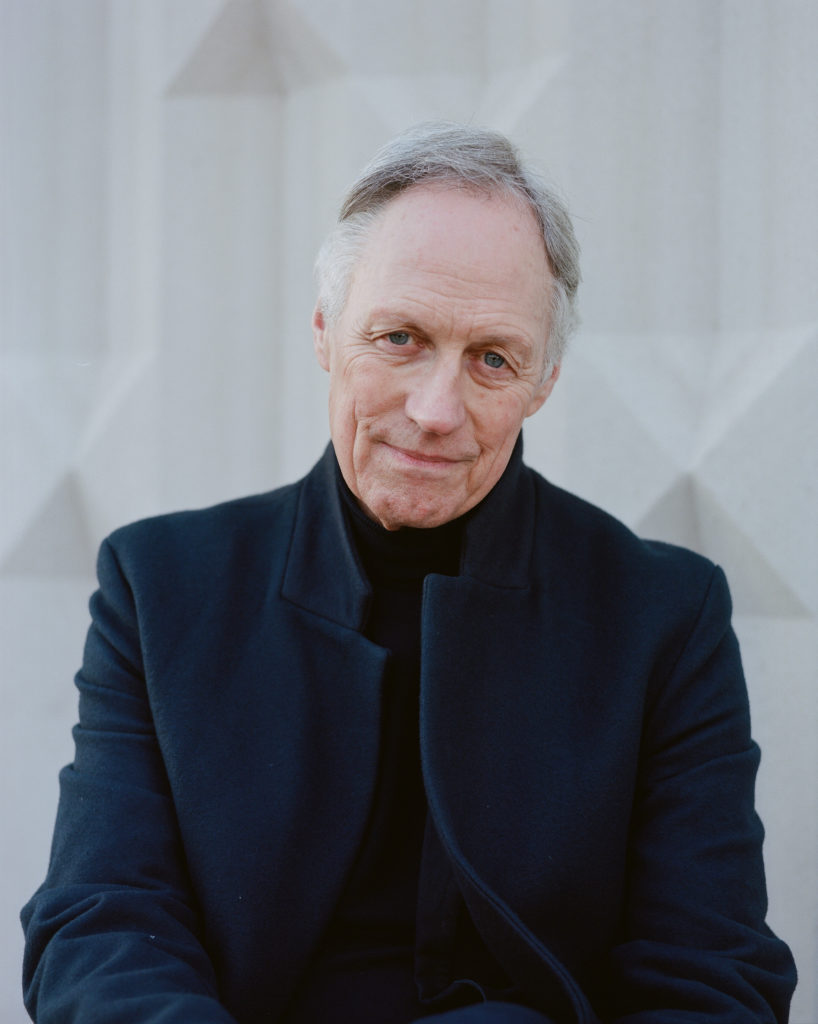

On the first floor, alongside more offices, there is the RAD’s global centre for examinations, complete with a special room to house the machine that prints all the certificates sent to every successful candidate. On the ground floor, there will be a cafe, open to the street and to any passer-by, and comfortable waiting areas for the hundreds of families whose children are taught at the RAD every week. Not to mention its full-time students in the teaching of dance.
This sleek and sophisticated development has been achieved at the relatively low cost of £19.5 million. The bulk of this was raised by a little creative thinking: the old RAD headquarters in Battersea Square was valued and given to the property developer Avanton in a building swop. That left just £3.5 million for the Academy to raise; as of April, just under £700,000 was outstanding.

‘Architecture is moving towards sustainability:
Takero Shimazaki
making the most of what we have, elevating what we find’
The new building – and the deal, which was suggested by Wandsworth Council, who wanted to keep the Academy in the borough – is the last legacy of outgoing chief executive Luke Rittner, who retired in April after 23 years in charge. ‘I can leave thinking the RAD has got its new home. No-one can take it away,’ he says. ‘It’s a very tangible feeling of accomplishment, of achievement. It’s not just my achievement. It belongs to a huge number of people. But goodness, I feel good about it.’
There was no doubt in his mind that, despite the sentiment attached to the old headquarters, that the time had come for change. ‘We were absolutely bursting at the seams, and it was in dire need of updating,’ he explains. ‘We were increasingly at odds with the legislation on disabled access, for example. I kept being invited to the opening of new buildings – Elmhurst in Birmingham, the Scottish Ballet in Glasgow – and I realised that we were way, way behind.
‘Students would begin to look at the facilities and say this isn’t what they’d expect. So there was need for change on a whole number of fronts.’
The original idea was to update rather than move, but it quickly became obvious that this would be prohibitively expensive. So Rittner began to look at alternative sites. ‘It’s been a nine-year journey,’ he says. ‘I looked all over London; then this option came up and the project started about five and half years ago.’

Key to the success of the move is the contribution made by T-SA Architects and their founding director Takero Shimazaki, who took on the assignment knowing that he would be working within a space already conditioned by the building above it. All the concrete pillars that define the design, for example, are the weight-bearing part of the original development; this meant that the studios, with their sprung floors, and discrete air-conditioning and lighting, had to be placed under the gardens of the apartments, so there was no column in the centre of the space. Serendipitously, this has produced a light-well in one of the rooms that looks rather like an Anish Kapoor installation as it spreads a circle of light across the floor.
Shimazaki likes working in this way. ‘The exciting thing about adaptive working is that it is about fitting things into the framework that the developer has already laid down,’ he says. ‘You don’t impose your design. It is more about a dialogue with what you find on site.
‘We are already constrained in many ways and that’s much more interesting. The architecture industry is moving in the direction of adaptable re-use, sustainable economy of means, doing less. It makes me happy because it is about making the most of what we have, elevating what we have found.’
The results of that elevation are everywhere to be seen, from the moment you walk into the airy reception area that houses both the shop (complete with pointe shoe fitting area) and one of the largest studios. Shimazaki has kept the design simple, but welcoming, creating what he calls streets and plazas, indicated by warm, terracotta red tiles on the floor, where people can meet, chat and relax. ‘We didn’t want it to feel like lots of corridors with rooms next to them,’ he explains. ‘We wanted to turn these open spaces into something.’
In a similar way, Shimazaki found a balance between contemporary minimalism and the history of the RAD. The portraits of the past – of founders Adeline Genée and Tamara Karsavina – sit comfortably alongside the sleek, modern lines of the walls and lighting. Everything about the building says dance, but it also makes dance seem contemporary and accessible to the community who will come into the building for dance classes, for old and young, and will use the facilities for their own activities.
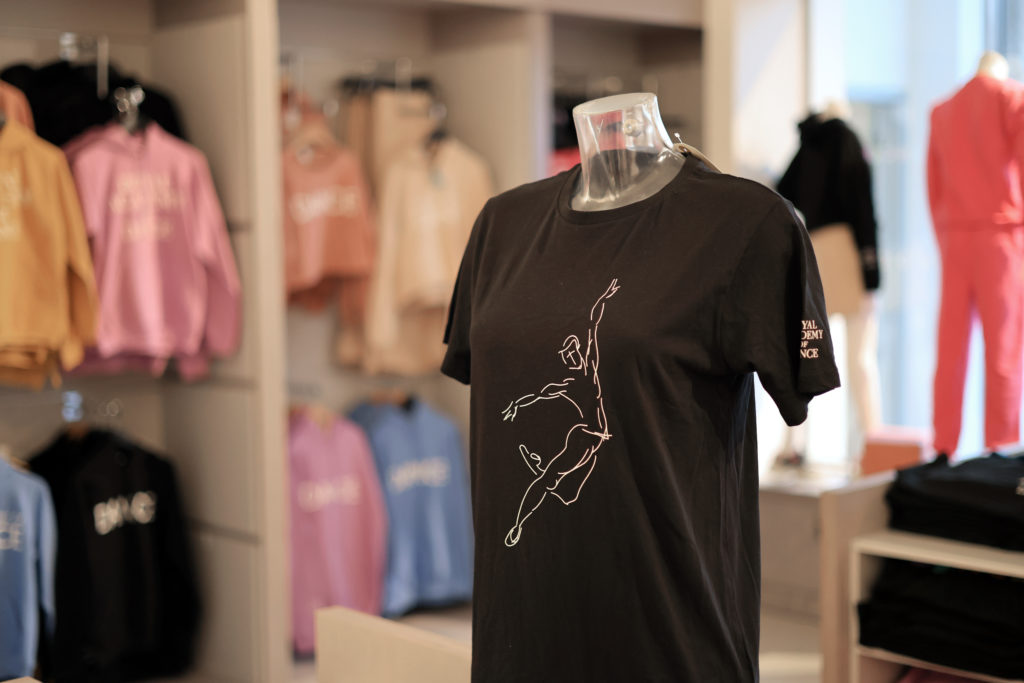

‘We put together a pretty detailed brief,’ says Rittner. ‘But it has been a real collaboration. It has been a real joy working with Takero. We haven’t had a single row.’ Shimazaki smiles, then adds: ‘It was very creative in that sense. Every time a problem occurred we’d discuss how to go about solving it.’
Rittner sees the new building as marking a sea change in terms of the future. ‘Obviously the building is all about a physical change, but I think that physical change will demonstrate itself in psychological ways as well. We’re no longer a little old building tucked away in a courtyard, we are right out there with huge letters above our door, making a very strong statement about our presence and our existence.’ Mason agrees. ‘I think for people coming from abroad and outside London this beautiful space makes people understand that the RAD is important. Buildings can impress.’
In deciding to support the fund-raising for the building through the Linbury Trust, Anya Sainsbury was backing that sense of both psychological and physical expansion. ‘I felt the RAD was growing and that their ideas were broader,’ she says. ‘It’s not just about space, but what they are going to do with that space. I knew about some of the things they were adding to help young people and older people to dance. At the new building they are going to really stretch out and give opportunities, particularly to the poorer kids in the borough. So many things can happen when opportunities are provided. I like that open feeling they have.’
The RAD has opened itself to many activities within its walls: there is the Wolfson Library, funded by a £375,000 grant by the Wolfson Foundation in recognition of ‘the Academy’s long tradition of excellence in dance education’; then there are the dance teacher training courses, with their full-time students, and then the board for the examinations around the world.
But there are also 900 young people coming into the building each week for a weekly dance class, and activities such as adult dance lessons and the Silver Swans for older learners. These activities are only likely to expand, as more people discover what is on offer.
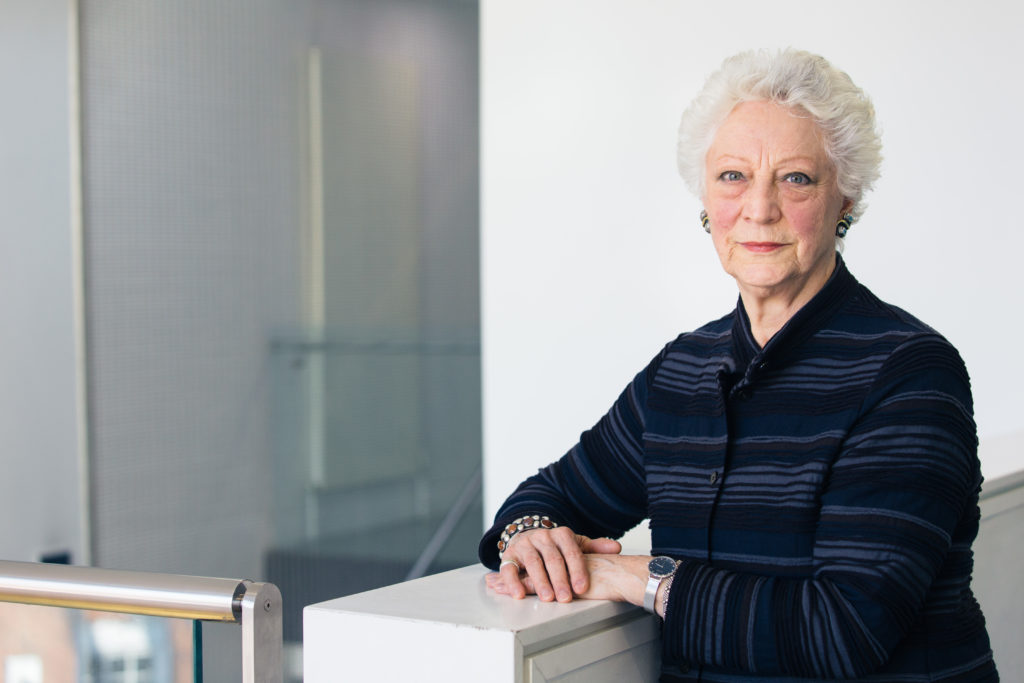
Mason loves the way that as soon as you walk into the building, there is a glass viewing area into the first studio, which also has a window that can be open to the street, so that passers-by can see what is going on. ‘You can see dance happening,’ she says. ‘So many people don’t know about dance because they have never had the opportunity. Now people can come in, visit the café, look in the windows, see dance from the top of a bus – anything that stimulates them to ask questions about what goes on in this building. And to realise that their children could very easily be part of something going on there.
‘Darcey Bussell [the RAD’s President] talks all the time about how wonderful it would be if everybody in the world had a chance to dance. I think we should aim as high as we can to give everybody a taste of it.’
She pauses for a moment, then adds: ‘Margot Fonteyn was famous for saying that it’s not the building that matters but what goes on inside the building. But what will go on in this building now will grow and grow, and in ten years we will suddenly wonder how we ever fitted into the old place. It’s a triumph in every way.’
Sarah Crompton is a writer and broadcaster.

